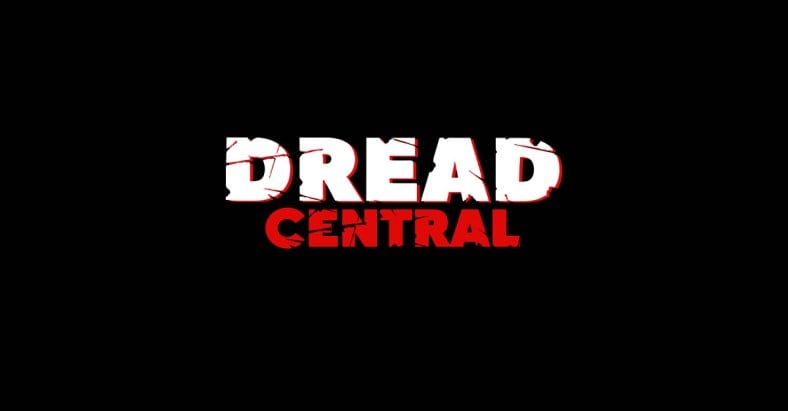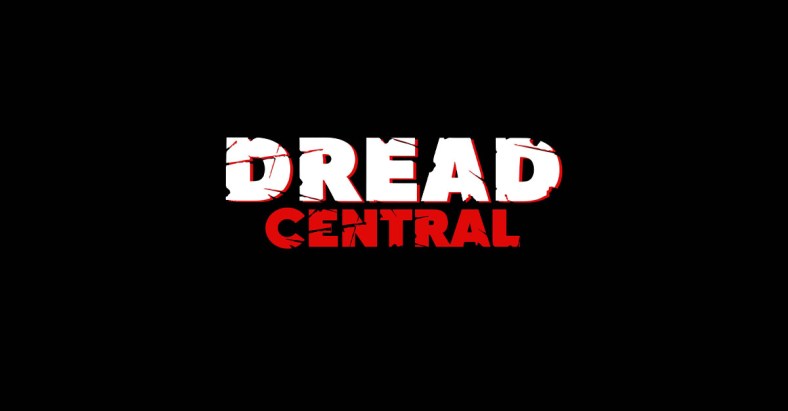Three 1970’s Horrors That Remind Us Why We Enjoy Getting Mental at the Movies

Crazy is always creepy in horror movies, and it usually comes in two forms: insane escapees or the sane among the crazies.
It’s one storytelling technique when a mental patient escapes and enters our own ordered, peaceful world. It’s quite another when a film drops us in the middle of an asylum to cope with crazy people who, in those movies, always seem to want to stab us.
First off, let me say the mentally ill are one of the most misunderstood and scapegoated minorities in movie history. Other stereotypes have disappeared from the silver screen over the years, but it’s still convenient to blame a killing rampage on an escaped mental patient. We’ll just chalk this up to lazy writing and move on.
Yes, “mentally ill” has become shorthand for “bloodthirsty and lacking in social etiquette.” Kudos to “American Horror Story’s” second season, subtitled “Asylum,” for adding some subtlety to that convention. Seventies horror movies, though, were riddled with stereotypes, enough so that when we travel back to that groovy and dangerous time, we can merrily ignore them and enjoy the scare.

Silent Night, Bloody Night (1972) is a fairly standard who-is-the-killer flick that turns terrifying in the last 20 minutes, when all hell breaks loose and the inmates, quite literally, take over the asylum. There is a nice, icy buildup throughout.
The populace of a small town are suspiciously nervous when a local mansion that had once been a mental institution goes up for sale. Mary Woronov (Eating Raoul) plays it numbingly cool throughout, until the climax, adding punch to the big reveals.
Also known by Night of the Dark Full Moon and Death House, this film is directed by Theodore Gershuny and written by Gershuny, Jeffrey Konvitz and Ira Teller. It’s always a good sign for consistency of vision when the director is also a writer.
I don’t know a lot of people raving about this film. It’s certainly not perfect, but a solid effort in that ’70s B-movie category, seriously creepy, and worth watching. Recommended.
Asylum (1972) has everything I enjoy about well-done, early ’70s horror: a fairly simple premise, creepy sets, and solid acting. The anthology setup works well here, stringing four Robert Bloch stories together. Peter Cushing and Herbert Lom show up along with Britt Ekland and Barbara Parkins.
The effects are not at all bad. Hope you view a cut of this movie that shows a stagehand rather obviously moving a prop in the “Frozen Fear” segment because those kinds of mistakes are fun to see.
Directed by Roy Ward Baker, Asylum delivers like any of the Amicus horror movies: similar to Hammer in that you know you will be entertained. Recommended for classic pre-slasher horror movie fans.
Then there’s Don’t Look in the Basement (1973). I was smart enough to see this in a theater when it came out… but dumb enough to bring a date. What a terrible first date movie!
On the other hand, Don’t Look in the Basement is a very creepy horror film due to several elements that come together beautifully:
– First, it has that grainy, cheap look to it like many early ’70s B-movies that, for me, adds to the mood. That look tells me positively this is not a big studio production. “Oh, this is one of THOSE movies,” says my head. “Anything can happen!” Tension builds.
– Second, it has an obviousness to it that can be unnerving when filmed correctly. Hitchcock used to do this well: We in the audience know the danger, but the hero on screen is completely clueless. We know from the minute the blonde nurse accepts her new job she shouldn’t be there — heck, we knew she shouldn’t even have come into the house!
– Third, most all of the characters may be insane, but that doesn’t mean they don’t have their own distinct stories, personalities and phobias. Crazy is not random. As Grant Morrison wrote in Batman: Arkham Asylum, the thoughts of the insane are not unpatterned. Each person has his or her own complex view of reality, no matter how wrong that perception might be.
There’s also a good deal of blood. And a surprise reveal. Don’t Look in the Basement has been recognized as a B-movie classic, and I enthusiastically recommend it here.
Three 1972 to 1973 horror movies and all three recommended! You may or may not disagree, and if so, I want to hear why! What are your favorite asylum flicks? Comment below or on social media.
 Gary Scott Beatty’s graphic novel Wounds is available on Amazon and Comixology. Is madness a way to survive the zombie apocalypse? The strangest zombie story ever written, Wounds throws us into a world where nothing is beyond doubt, except a father’s concern for his wife and daughter. If you enjoy that “What th-?” factor in graphic novels, you’ll enjoy Wounds. For more from Gary Scott Beatty, visit him on Twitter and Facebook.
Gary Scott Beatty’s graphic novel Wounds is available on Amazon and Comixology. Is madness a way to survive the zombie apocalypse? The strangest zombie story ever written, Wounds throws us into a world where nothing is beyond doubt, except a father’s concern for his wife and daughter. If you enjoy that “What th-?” factor in graphic novels, you’ll enjoy Wounds. For more from Gary Scott Beatty, visit him on Twitter and Facebook.

